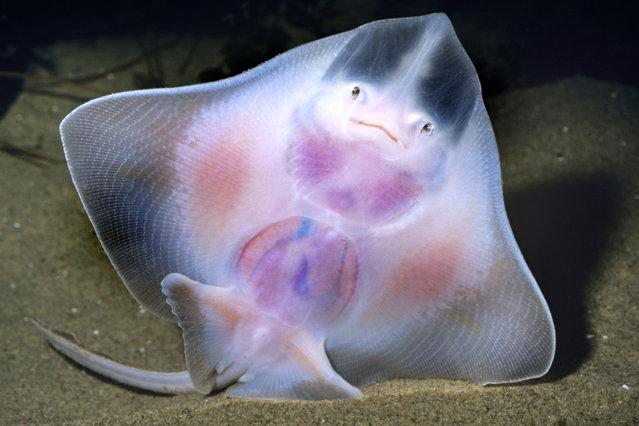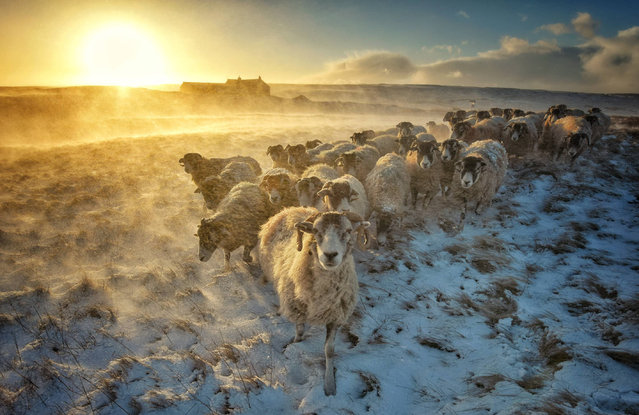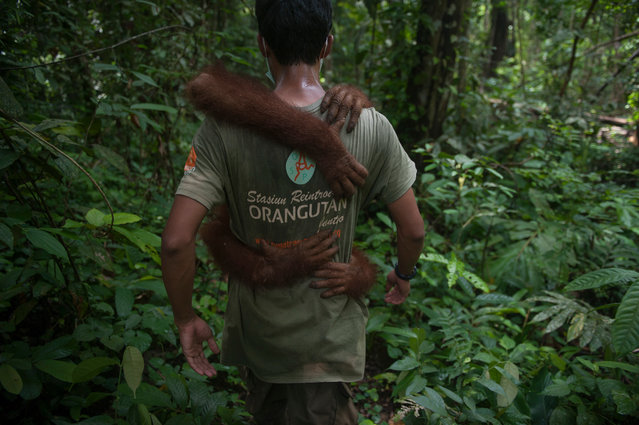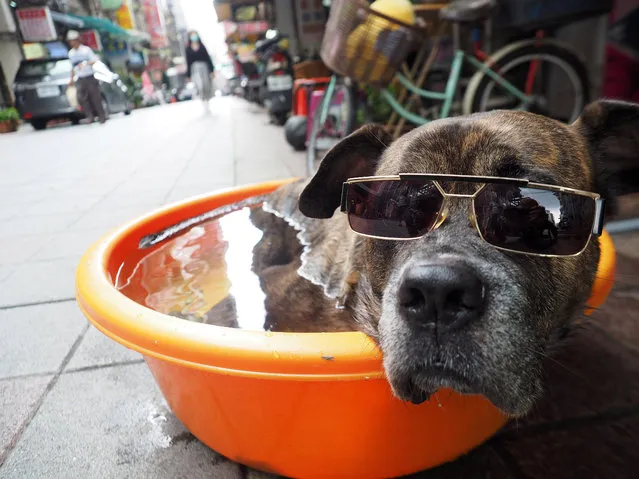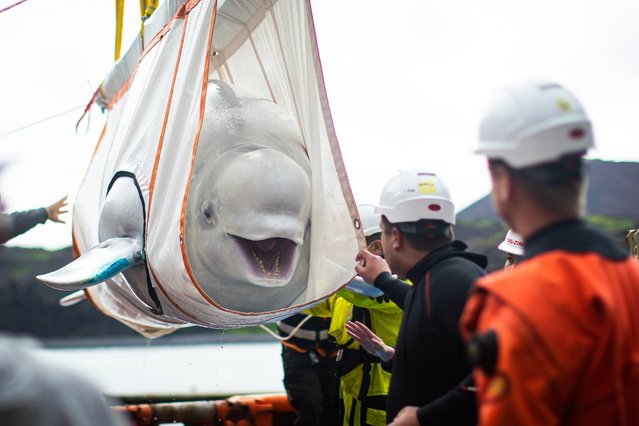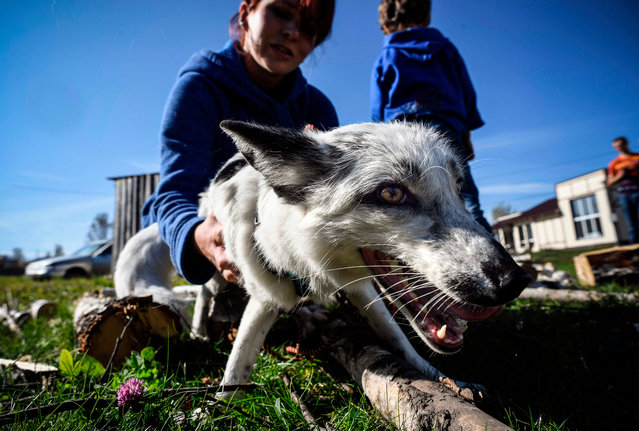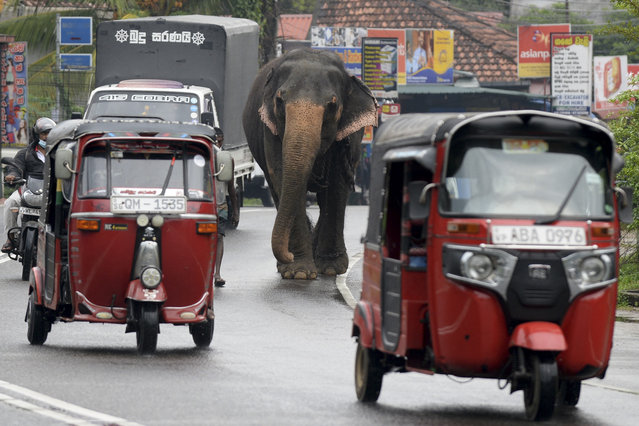
These snaps show a series of crafty critters camouflaged out of view. Many adventurous animals love to stand out from a crowd, but there are times when they need to blend in a bit more too. Photo: Tall story – can you spot the giraffe? (Photo by Caters News)
04 Apr 2014 09:53:00,post received
0 comments

